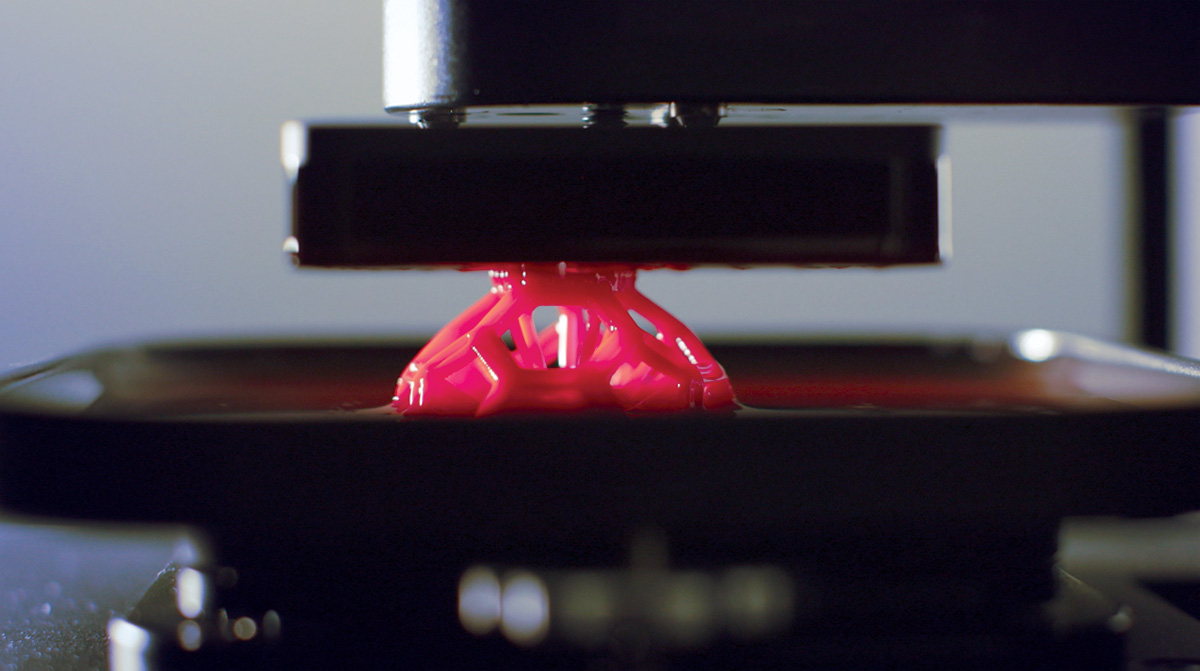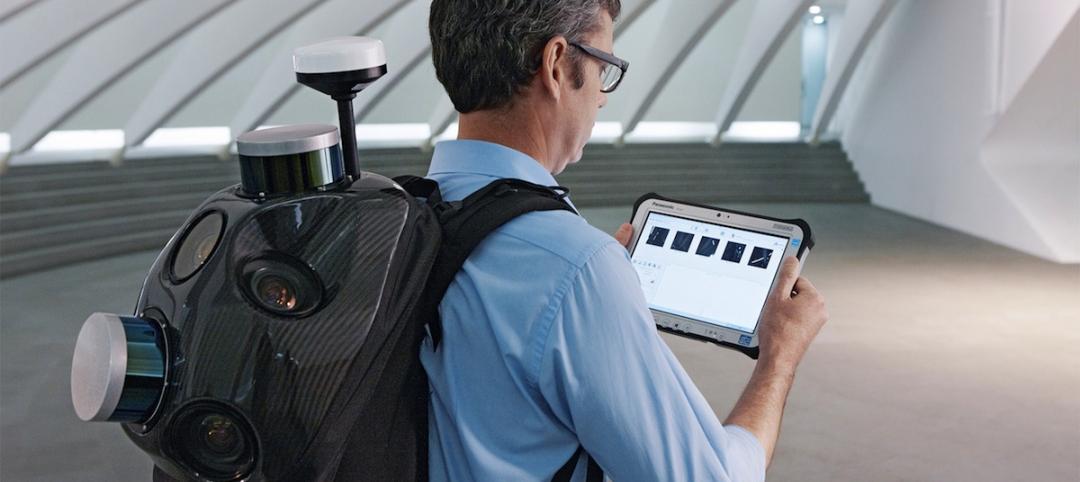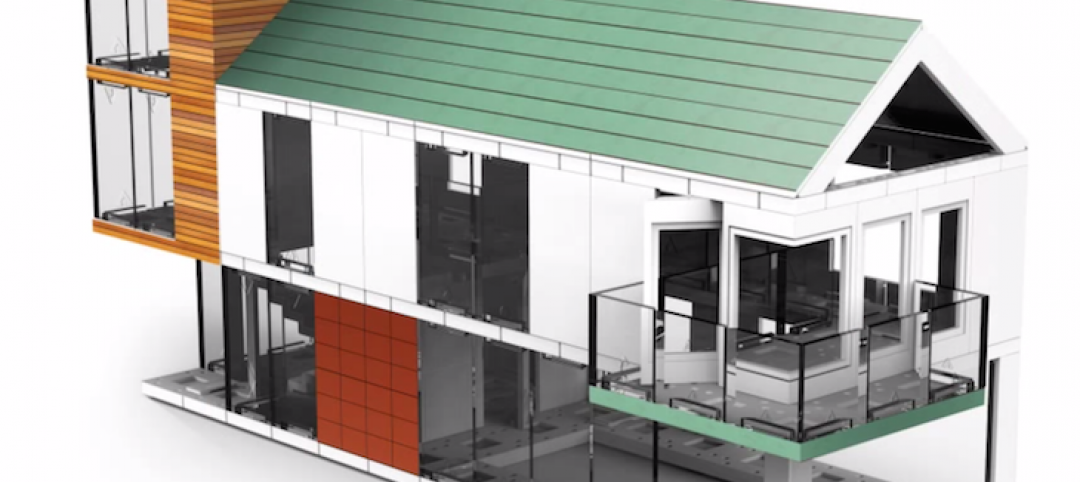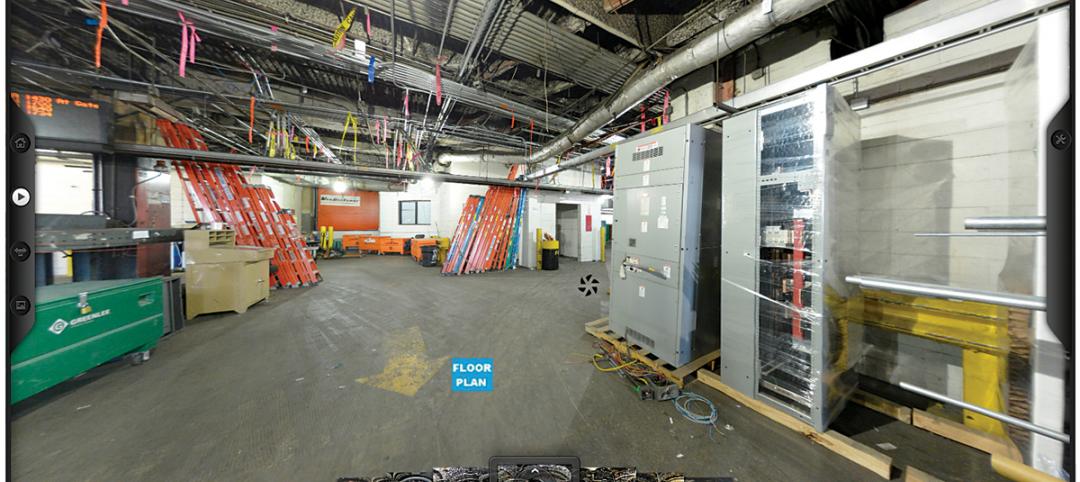Barron’s recently predicted that 3D printing would be a $13 billion industry by 2018, up from $600 million two years ago. AEC industry use might represent only a fraction of the total, but the trend is definitely ascending.
There’s no doubt the technology can do some fascinating things. Machines can now print with all sorts of powderized materials, from concrete to chocolate. ZGF Architects’ Robert Petty printed his wedding ring using powderized silver, and “it’s held up fine,” he says. At the recent 3D Print Design show in New York, Perkins+Will displayed a six-foot-tall model of a skyscraper that it had printed on a MakerBot machine.
The 3D printer industry keeps making strides in technology and affordability. WobbleWorks recently released an upgrade of its 3D printing pen—yes, it’s a pen, the 3Doodle—that it’s selling for $100 a pop.
After two years of secretive development, Redwood, Calif., startup Carbon3D unveiled a 3D printing process called CLIP (for “continuous liquid interface production”) that uses light to cure the extruded resin that forms the physical objects and models. The company claims this process is 25–100 times faster than anything that’s currently available. Autodesk recently invested $10 million in Carbon3D.
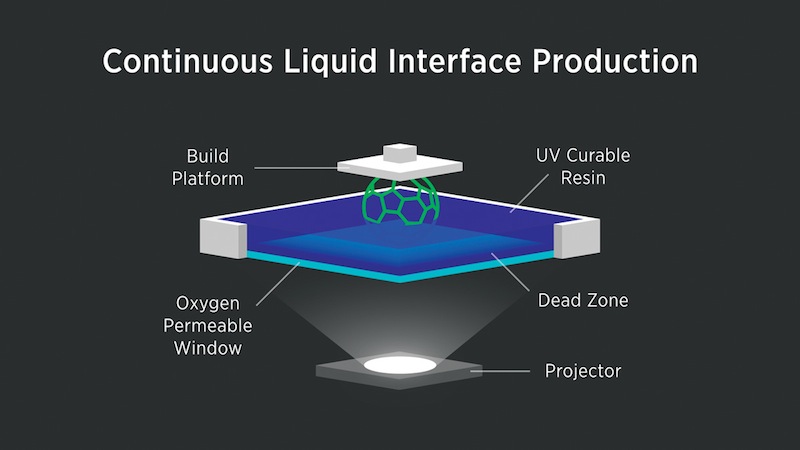 Carbon 3D's continuous liquid interface production process
Carbon 3D's continuous liquid interface production process
In March, Trimble released an update of 3D Warehouse, its online platform for sharing and downloading free 3D models and materials, which is a key component of the SketchUp 3D modeling software. Autodesk recently introduced Spark, an open-source platform that enables 3D applications and services to deliver 3D models for any printer or service bureau.
Higher quality printers, greater affordability, new technical processes—all represent promising solutions that AEC firms are looking for as they try to figure out where 3D printing fits into their larger technology picture.
Amid all the ballyhoo, there’s still the question of how embedded 3D printers will become in AEC firms’ workflow. Jorge Barrero, a Senior Associate at Gensler, compares 3D printing to a familiar domestic technology: “It’s like the microwave,” he says. “It never replaced the oven, but it made it into everyone’s kitchen.”
Related Stories
BIM and Information Technology | Jun 5, 2015
Backpack becomes industry first in wearable reality capture
Combining five high-dynamic cameras and a LiDAR profiler, Leica's Pegasus:Backpack creates a 3D view indoors or outdoors for engineering or professional documentation creation.
BIM and Information Technology | Jun 4, 2015
Why reality capture is essential for retrofits
Although we rely upon as-built drawings to help us understand the site for our design, their support is as thin as the paper they are printed on, write CASE's Matthew Nelson and Carrie Schulz.
BIM and Information Technology | Jun 3, 2015
More accurate GPS ready to change the way we shop, interact, and explore
New technology reduces location errors from the size of a car to the size of a nickel—a 100 times increase in accuracy. This is a major technological breakthrough that will affect how we interact with environments, the places we shop, and entertainment venues.
Sponsored | BIM and Information Technology | May 28, 2015
Does BIM Work as a Deliverable?
Sasha Reed sits down with industry professionals at the BIMForum in San Diego to talk about BIM technology.
BIM and Information Technology | May 27, 2015
4 projects honored with AIA TAP Innovation Awards for excellence in BIM and project delivery
Morphosis Architects' Emerson College building in Los Angeles and the University of Delaware’s ISE Lab are among the projects honored by AIA for their use of BIM/VDC tools.
BIM and Information Technology | May 26, 2015
Lego-like model building kit was created by an architect for architects
Arckit, as the system is called, was designed to a 1:48 scale, making it easy to create models accurate to the real-life, physical building projected.
BIM and Information Technology | May 26, 2015
Moore's Law and the future of urban design
SmithGroupJJR's Stephen Conschafter, urban designer and planner, discusses his thoughts on the 50th anniversary of Moore's Law and how technology is transforming urban design.
BIM and Information Technology | May 21, 2015
How AEC firms should approach BIM training
CASE Founding Partner Steve Sanderson talks about the current state of software training in the AEC industry and common pitfalls in AEC training.
BIM and Information Technology | May 13, 2015
5 smart tech trends transforming the job site
RFID labor tracking, 360 cameras, and advanced video tools are among the tech innovations that show promise for the commercial construction industry.
BIM and Information Technology | May 10, 2015
How beacons will change architecture
Indoor positioning is right around the corner. Here is why it matters.


